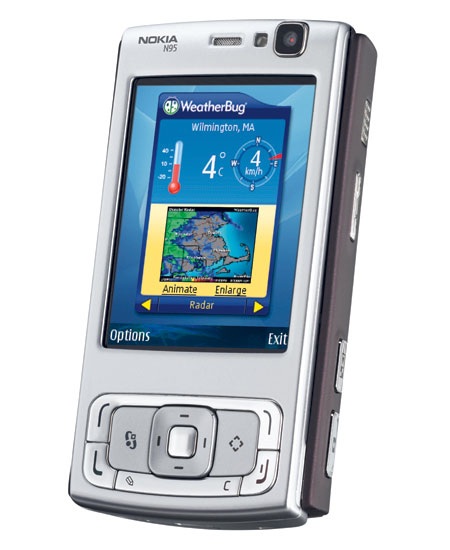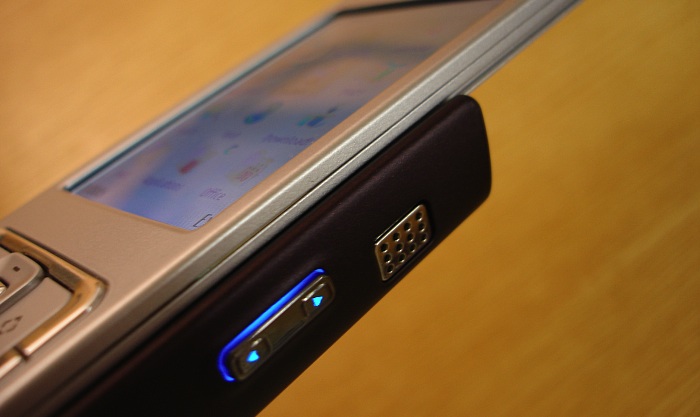
We've said often enough here on AAS that the original Nokia N95 was a groundbreaking smartphone - introducing the world to whole areas of functionality which had previously not been possible: GPS/navigation, a 5 megapixel camera, VGA video recording (prototyped on the N93, to be fair), loud stereo speakers, dedicated music controls on a 'dual slide' and a large (2.6") screen.
To be fair, the sheer number of advances also meant extra complexity in software and the code proved quite memory hungry, and it was a while before Nokia got on top of the N95 properly, but it still sold over ten million over a couple of years. What I'd like to look at here is where Nokia went in terms of evolving the N95 dual slide form factor, identifying specific improvements (and, where necessary, steps backwards). Is the N96 automatically better than the N95 8GB and the latter automatically better than the N95? And what about the out-of-sequence N85 and N86 8MP - where do they fit in?
The base specification, so stunning in 2006, is now taken rather for granted in the S60 world, and isn't uncommon in the wider top-end phone world. So, in what follows, I'll take the specs above for granted, and concentrate on the differences, improvements and (ahem) disappointments.
| Nokia N95 | 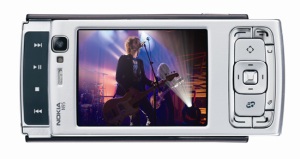 |
THE classic smartphone and one which still holds its head up today (2009), despite what are (now) 'retro' looks(!) Main issues today will be the limited RAM (around 30MB with latest v31 firmware) and weak single LED flash. |
| Nokia N95 8GB | 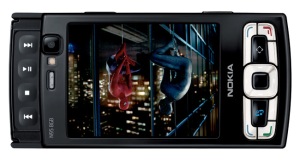 |
The stunning follow up. 1200mAh battery (25% more), 64MB more RAM free, 8GB of (slowish) internal flash memory, 2.8" screen (0.2" larger), at the expense of losing the camera glass protection and the microSD slot. Still reckoned by many to be one of the best smartphones in the world. In 2009, the main limitations are the cap on storage at 8GB, the use of slow USB 1 for data and the use of S60 3rd Edition Feature Pack 1. |
| Nokia N96 | 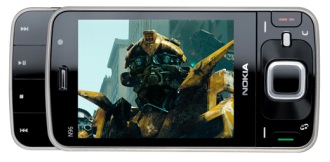 |
The re-design(!), in a thinner form factor. Added an extra 8GB of internal flash memory, now totalling 16GB, plus adds a microSD slot as well, a keylock toggle, BBC iPlayer DRM compatibility, dual LED flash, kickstand, plus a DBV-H TV tuner (no use in most countries though), dedicated video decoding hardware (bringing in wider codec compatibility), fast microUSB data, now powered by S60 3rd Edition Feature Pack 2 (the previous two devices were FP1), extra front panel media controls, i.e. quite a list, but at the expense of quieter and tinnier speakers, no general graphics acceleration and (most disappointingly) a return to the weaker 950mAh battery. As seen in 2009, the battery is the only real showstopper - in power user hands, the N96 often doesn't last through a day's use on a single charge. |
| Nokia N85 | 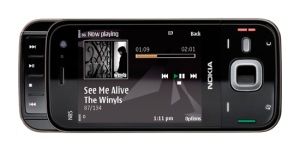 |
Taking the dual-slide form factor down a step in terms of aspiration, but only a smidgen, the key changes here were the use of an OLED screen (superb in most light conditions but hard to read in sunlight, also reduced in size to 2.6"), the use of the larger 1200mAh battery and the introduction of a (surprisingly useful) FM transmitter. Downsides were smaller speakers again, no internal mass storage disk and cheaper build quality. Now seen as prototyping design for the N86, the N85 is (somewhat unfairly) seen as the former's rather plasticky predecessor. |
| Nokia N86 8MP | 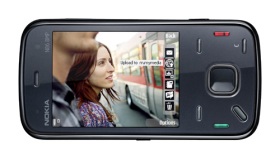 |
Arguably combining ideas from the N96 and N82 with the overall form of the N85 and a step up in build quality, the brand new N86 8MP uses a tempered glass fascia, with a metal sub-frame and slide, adding a superbly realised 8 megapixel camera and camcorder with useable digital zoom and with physical lens protection, plus 8GB of mass memory plus microSD, to produce what many have called the ultimate incarnation of the Nokia N95's form factor. The only real downside is the use of OLED for the display, with the usual sunlight visibility caveat. |
Talking to an Orange phone shop salesman yesterday, he was complaining that there were "always software problems with Nokia Nseries", explaining why some models were delayed in appearing on the network and why some never made it at all. This is, of course, a reference to THE defining characteristic of the Nokia N95 and its descendents above: that each device has been launched in an almost unuseably buggy state. In the cases of the N95, N95 8GB and N96, four or five major firmware updates were needed to get the device to the point where users would start to recommend them wholeheartedly to others.
Whether these launch states were down to under-resourcing from Nokia, to underlying unforeseen complexities, or just down to marketing people dictating launch times rather than engineers, this buggy-when-launched syndrome does seem to have become a millstone around Nokia's Nseries neck. And the current N97 issues follow the pattern exactly, somewhat depressingly. But in this feature I'm trying to look past launch issues and to look at design and eventual potential.
Taking a cue from the last table row above, is there such a thing as the 'ultimate' N95 incarnation? The N86 8MP is a good bet for the title, but I'd also like to give a shout out to the underrated N96. A year after first availability we have v30 firmware that fixes all the stability problems and fixes focus in video capture mode, letting users actually enjoy all the gadgets and gizmos without keeping getting tripped up. It's just a shame about the small battery - a 1200mAh version (BL-6F) only takes an extra millimetre in depth and would have transformed daily use. Ah well. (I've got an extended 2000mAh replacement battery/cover on order, for test here on AAS - watch this space)
Then there are those who, justifiably, point to the accelerated graphics in the N95 8GB, quoting this as still the most powerful Nokia smartphone around. And I know at least one person who still rates the original N95 'classic' as the best, on the grounds of its accelerated graphics AND microSD slot.
On the whole, three years on, the Nokia N95, in all of its various variants, is still pleasing users and impressing friends, colleagues and relatives:
"Turn left in 200 yards, then take the second exit at the roundabout" - amazingly, people still can't quite believe that my phone is my main car sat nav.
"Hey, Steve, I can play videos on my new phone!" "Errr.... yes. But this can also stream and download high quality BBC iPlayer programmes, can stream live TV and can pick up DVB-H digital TV from the air" [spot the misleading last claim, unless I was willing to travel to Finland or similar in order to prove my point!]
Well, you get the idea. Vive le N95!
Steve Litchfield, All About Symbian, 30 August 2009
